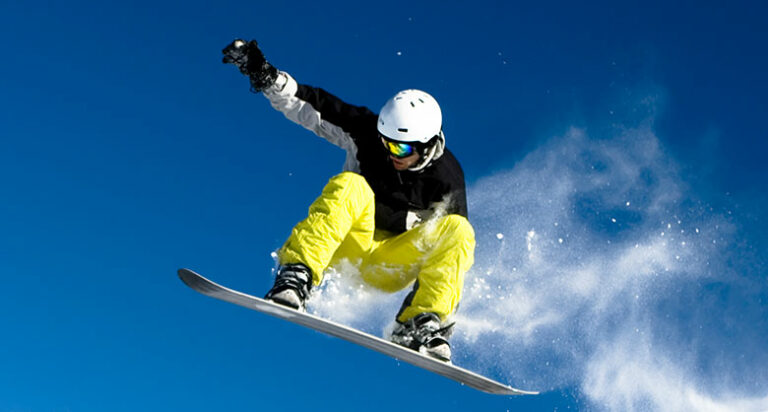References

- Department of Health and Human Services. (2019). National Youth Sports Strategy. Washington, D.C.: U.S. Department of Health and Human Services. Accessed from: health.gov/sites/default/files/2019-10/National_Youth_Sports_Strategy.pdf
- U.S. Center for SafeSport, Institute to Promote Athlete Health and Wellness, University of North Carolina Greensboro. (2021). Athlete Culture & Climate Survey.
- Mountjoy, M., et al. (2016). International Olympic Committee Consensus Statement on harassment and abuse (non-accidental violence) in sport. British Journal of Sports Medicine, 50, 1019-29.
- PACER’s National Bullying Prevention Center. pacer.org/bullying/
- Gilchrist, M. & Mallett, C. J. (2017). The theory (SDT) behind effective coaching. In R. Thelwell, C. Harwood, & I. Greenlees (Eds.). The Psychology of Sports Coaching: Research and Practice (pp. 38-53). New York, N.Y.: Routledge.
- UNICEF Innocenti Research Centre (2010). Protecting children from violence in sport: A review with a focus on industrialized countries. Accessed from: unicef-irc/publications/
- Carson, S. (2014). Positive discipline builds team dynamics, support. Managing School Athletics, 16(6). Accessed from: multibriefs.com/briefs/aahperd/positivediscipline.pdf
- stophazing.org
- Hansen, B. Gilbert, W., & Hamel, T. (2003). Successful coaches’ views on motivation and motivational strategies. Journal of Physical Education, Recreations, and Dance, 74(8), 45-48.
- Gearity, B. T. & Murray, M. A. (2011). Athletes’ experiences of psychological effects of poor coaching. Psychology of Sport and Exercise, 12, 213-221.
- We Coach. (n.d.). Why Trauma-Informed Sport is Vital. Accessed from: weallcoach.com/trauma
- Centers for Disease Control and Prevention. Adverse Childhood Experiences. Accessed from: cdc.gov/violenceprevention/childabuseandneglect/acestudy/index.html
- Bethell, D. et al. (2017). Issue Brief: Adverse Childhood Experiences Among U.S. Children. Child and Adolescent Health Measurement Initiative, Johns Hopkins Bloomberg School of Public Health. Accessed from: cahmi.org/projects/adverse-childhood-experiences-aces/
- Burn, S. M. (2009). A Situational Model of Sexual Assault Prevention Through Bystander Intervention. Sex Roles, 60, 779-792.
- Right to Be (2020). The 5 D’s of Bystander Intervention. righttobe.org/guides/bystander-intervention-training/

